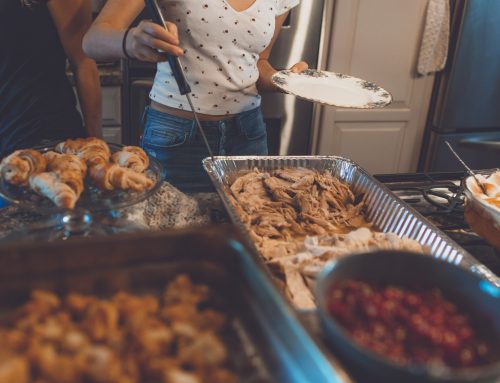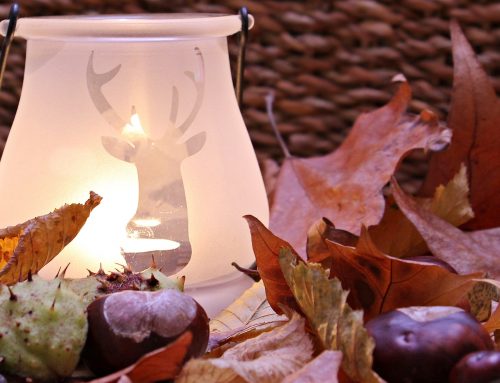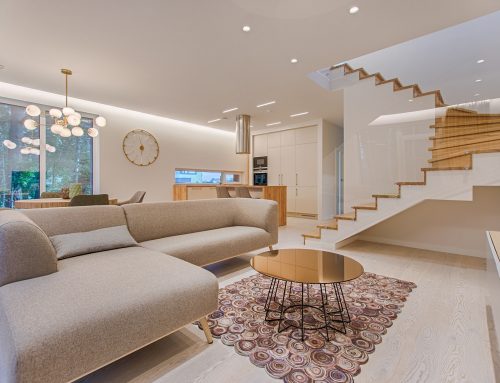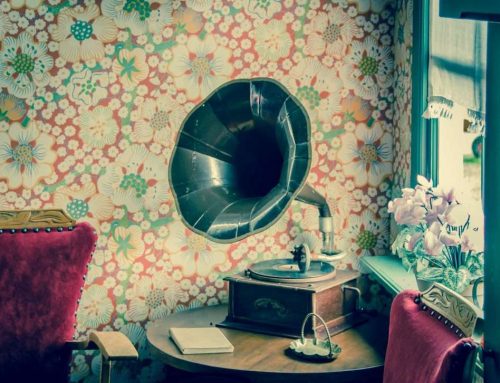Antique furniture is over 100-years old and antiques should never be painted before a qualified antique dealer has given an appraisal. Whenever somebody refinishes the surface of an antique piece of furniture, this person is making permanent changes that alter the original condition of the piece. The original condition of the furniture will be gone forever once the antique is altered. This is how antique values are accidentally destroyed.
How to paint antique furniture the Green way:
Today, many people are concerned with our global environmental issues.
Individuals are attempting to rearrange their lifestyles to include eco-friendly products that will not hurt the environment during their use or after their lifespan is over. Before paint was manufactured for sale, people would make it at home out of ingredients that were found around the house. Milk paint was a popular substance to use on all types of items around the home.
Milk paint is made from curdled milk, hydrated lime powder for the garden, and colorings. When these items are blended, a faded tone of color is created that adheres to most materials without a primer necessary. It normally takes multiple coats of this paint to achieve a nice deep layer of paint that will act like our modern paint products during use. Many different suppliers are currently selling milk paint as a specialty item that can cost over $40.00 a gallon.
Milk Paint:
- 1 Gallon of room temperature milk
- 2 Cups of white or wine vinegar
- 1/4 cup of hydrated lime powder for the garden Powdered colorful pigments from a craft store.
1. In a large plastic bucket, combine the room temperature milk and the vinegar. Cover this container with plastic wrap and let it sit in a warm room overnight so that the vinegar will start to make the milk separate or curdle. This milk mixture should be stirred before you go to bed, and again in the middle of the night when the dog needs to go outside. If you do not own a dog, the paint still comes out fine without a middle of the night stirring. Stir again in the morning.
2. Put on a dust mask, and add some gloves as directed on the bag of garden lime powder. Place the lime powder into a plastic container that will hold about 3 cups of liquid. Slowly add about 1 1/2 cups of water stirring as you go until there is a nice thick paste of lime in the bowl.
Lime will burn, so always follow the safety directions that are included on the lime package.
3. Mix the pigment according to package directions.
4. Combine the milk mixture, the garden lime powder, and the pigment stirring constantly by hand until the mixture looks like a thin-style of paint. Enjoy!
Milk paint is applied onto the antique furniture going in the same direction as the grain. The old timers would use a rag to apply the paint, but today a brush is fine. This type of paint will repel mildew and it does not smell bad after it dries. Since more than one layer of milk paint is needed on most wooden projects, it is wise to mix all of the paint at once so that the colors stay true from layer-to-layer. Milk paint will keep for 3 to 5 days in the refrigerator if the container is covered.
About the Author
Kay Davenport writes for Antique Furniture, her personal hobby blog focused on experiences related to antique furniture hardware. She helps her family and friends to learn how to restore and evaluate their antique pieces.





